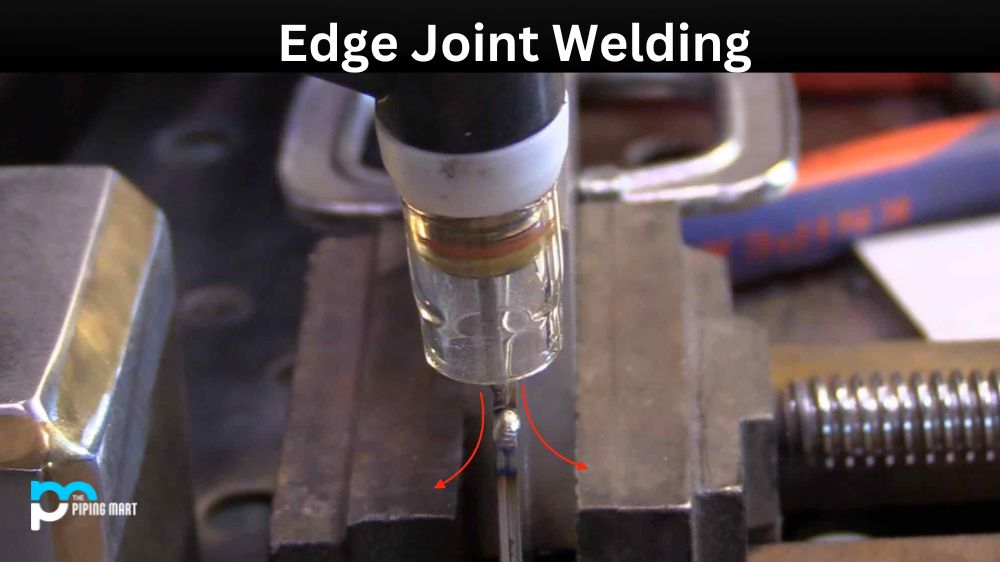Edge joint welding is a type of welding that is used to join two metal pieces along their edges. It is a prevalent method of welding used in many industries worldwide. The welding process is critical in ensuring the joint’s strength, stability, and durability. This blog will explore the different types of edge joint welding and their uses.
Butt Joint Welding
Butt joint welding is a type of edge welding in which two pieces of metal are joined at their ends or butts. This type of welding is used when two pieces of metal are of the same thickness. Butt welding also requires the edges of the two metal pieces to be bevelled at a specific angle to allow better penetration by the weld. It is commonly used in shipbuilding, bridges, and pipeline construction.
Lap Joint Welding
Lap joint welding is an edge welding in which the two metal pieces overlap and are welded together. This type of welding is commonly used in the automotive industry and is used to join thin sheets of metal. Lap joint welding has a shallow penetration and is not recommended for thicker metal pieces.
Corner Joint Welding
Corner joint welding is an edge welding in which two pieces of metal are joined at a right angle. This type of welding is used in constructing frames and brackets. Corner joint welding requires the edges of the metal pieces to bevelled at a specific angle to allow better penetration by the weld.
T-joint Welding
T-joint welding is an edge welding in which two metal pieces are joined along a T-shaped joint. This type of welding is commonly used in construction and engineering industries for framing and structural joints. T-joint welding requires the edges of the metal pieces to bevelled at a specific angle, and the weld joint requires more passes than other types of edge welding.
Conclusion:
In summary, the type of edge welding used depends on the thickness and application of the metal pieces. Butt welding requires thicker metal pieces, while lap joint welding is for thinner pieces. Corner and T-joint welding create frames and brackets, while edge joint welding is commonly used for aerospace applications. Understanding the different types of edge welding is critical in selecting the appropriate welding process for a specific welding task. With this knowledge, welders can ensure the joint is strong, stable, and durable.

Hey, I’m Krutik, a casual blogger expert in the metal industry. I am passionate about providing valuable information to my readers. With a background in engineering and construction, I like playing Cricket & watching Netflix shows in my free time. Thank you for visiting my blog, and I hope you find my information helpful!




